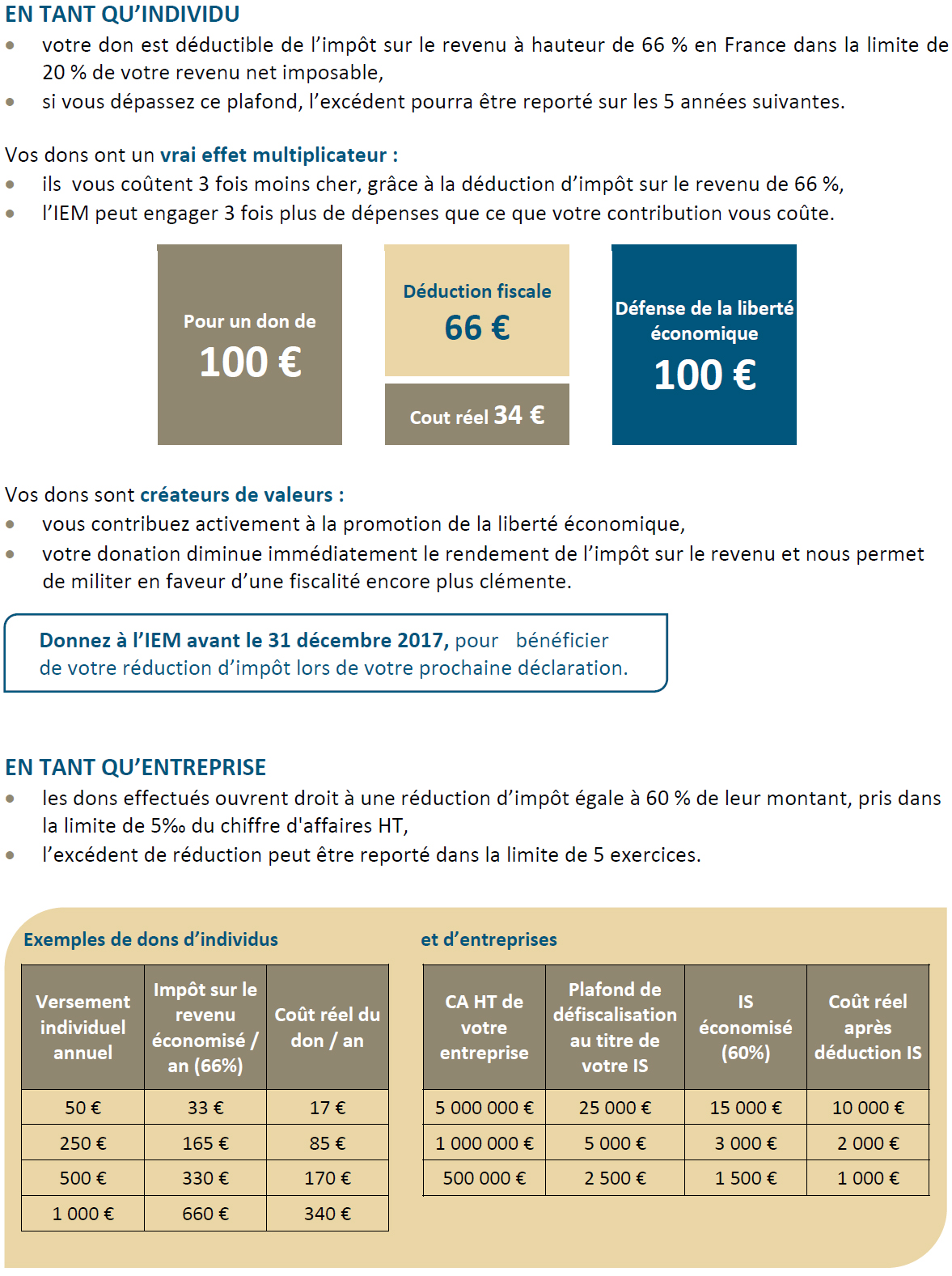The shaky foundations of antitrust policy. Monopoly price theory
Economic Note / November 2004
“We can confidently say that we share the same goals and pursue the same results on both sides of the Atlantic: namely to ensure effective competition between enterprises, by conducting a competition policy which is based on sound economics and which has the protection of consumer interest as its primary concern.” Mario Monti declared three years ago when he was still European Competition Commissioner. He was summing up in a sentence the stated aims of anti-trust policies from their creation in the United States at the end of the 19th century up to the present day through their introduction in Europe at the end of the second world war. Mr Monti was also underlining the predominant position economic theory holds in their justification.
It is true that economists have often helped politicians by providing them with a sophisticated array of concepts upholding the idea that political action can defend the interests of consumers against greedy producers. The neo-classical theory of monopoly price is certainly one of the rationalisations that has overwhelmingly convinced researchers. However, the fact that it is considered obviously true by most economists cannot be a proof of its validity. This essay will demonstrate that this analysis is flawed and that an anti-trust policy, based on this, is unfounded.
Economists often suggest as one of the main tools of an anti-trust policy the monopoly price theory which outlines why and under what conditions monopolistic companies harm consumers. One of its most important conclusions is that by letting the market operate, one can obtain a sub-optimal situation for consumers and this is why this theory can be used as a justification for an interventionist competition policy. A detailed analysis of these justifications requires a close look at this model.





